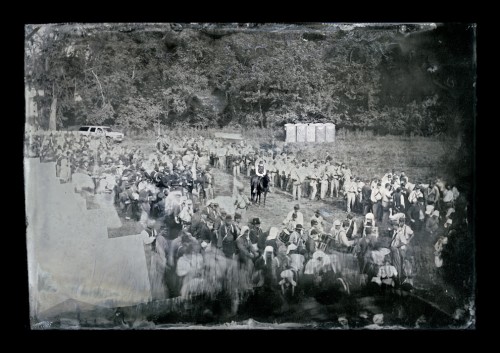I don’t usually bother with articles about reenactors, but this guy’s got a terrific angle, and I love his enthusiasm for teaching. It’s a short article, and worth a read beyond just these interesting facts:
There were advantages to serving in the Navy during the Civil War.
Sailors had a higher survival rate than soldiers, in part because disease could be quarantined to one ship’s crew rather than allowed to spread throughout an Army camp, Dispenza said.
On the steam-powered Navy ships commonly used on rivers — uncertain winds made sails unreliable — sailors typically poured off drinking water from the steam condenser, he said. The boiler process killed bacteria in that water.
Sailors typically ate better than soldiers because they rarely outran their supply line, Dispenza said. If the crew needed food, they could go ashore and buy, steal or hunt what they needed.
The Civil War Navy also was racially integrated, Dispenza added. Slaves were considered illegally held by the South, so many surrendered to Union gunboats and served as enlisted sailors.
“As the war went on, there were black petty officers giving orders to white sailors,” Dispenza said, noting “that would not happen in the Army.”
via The Navy: Civil War's unseen force – News-Sentinel.com.



